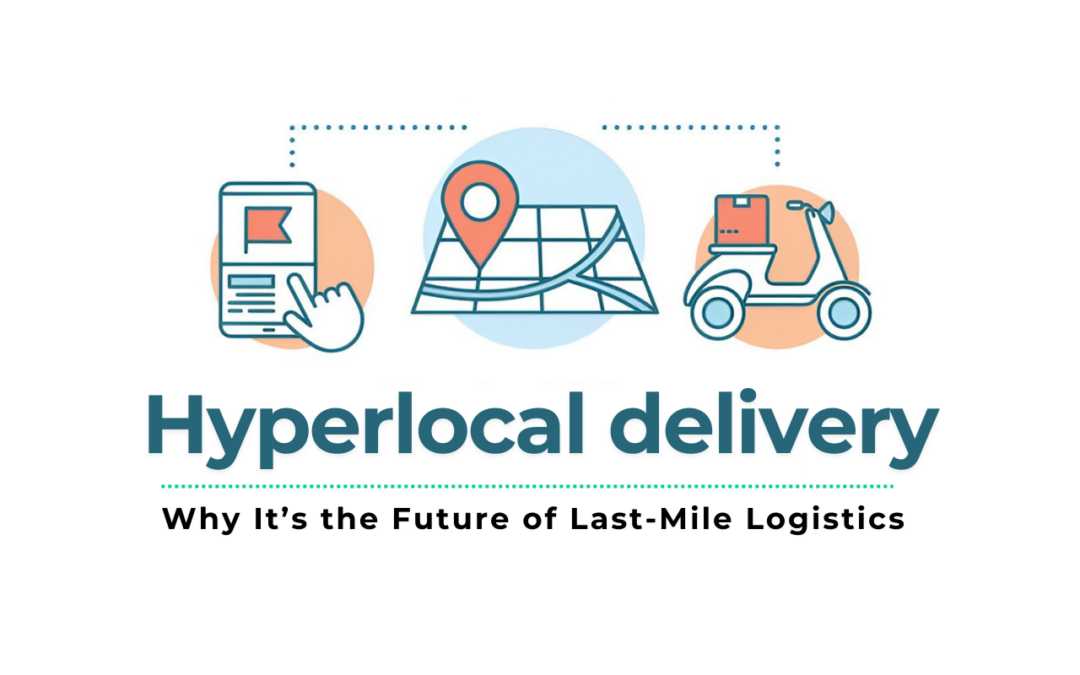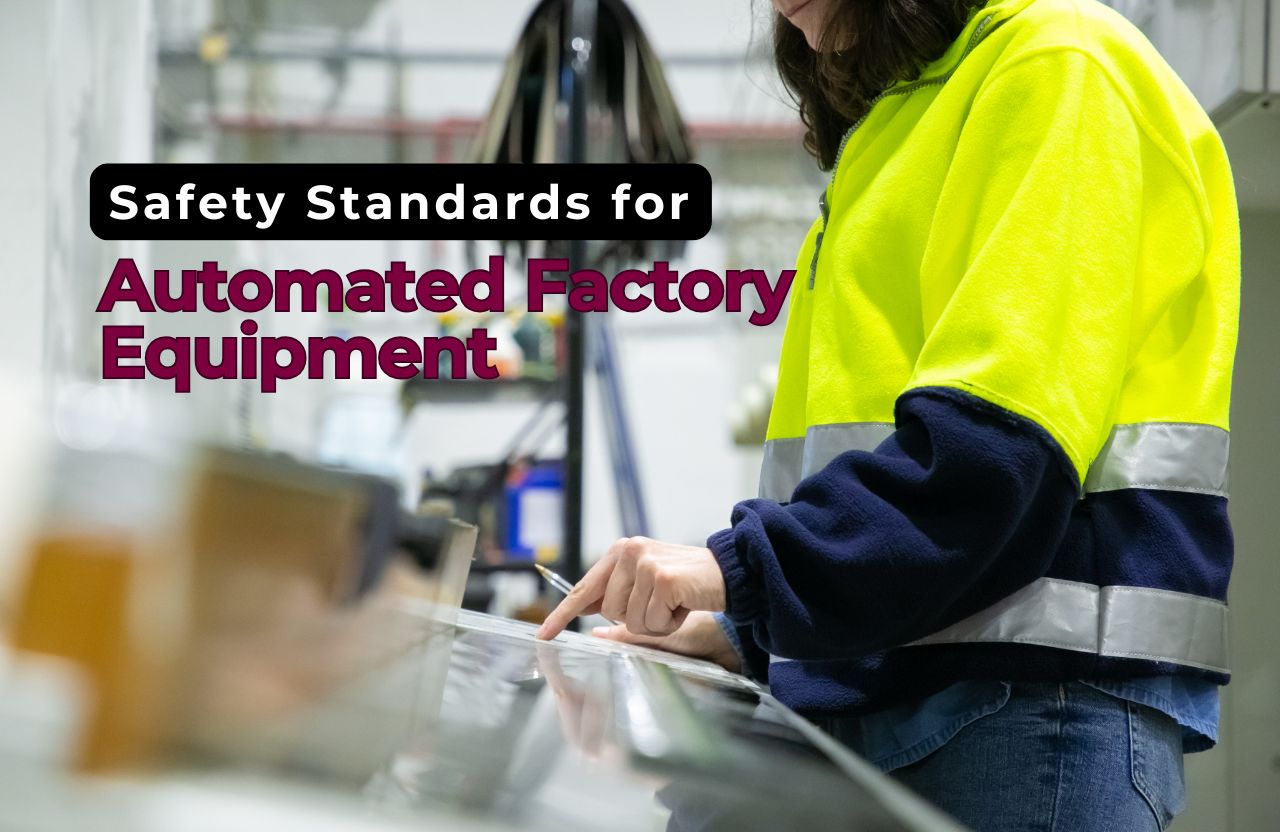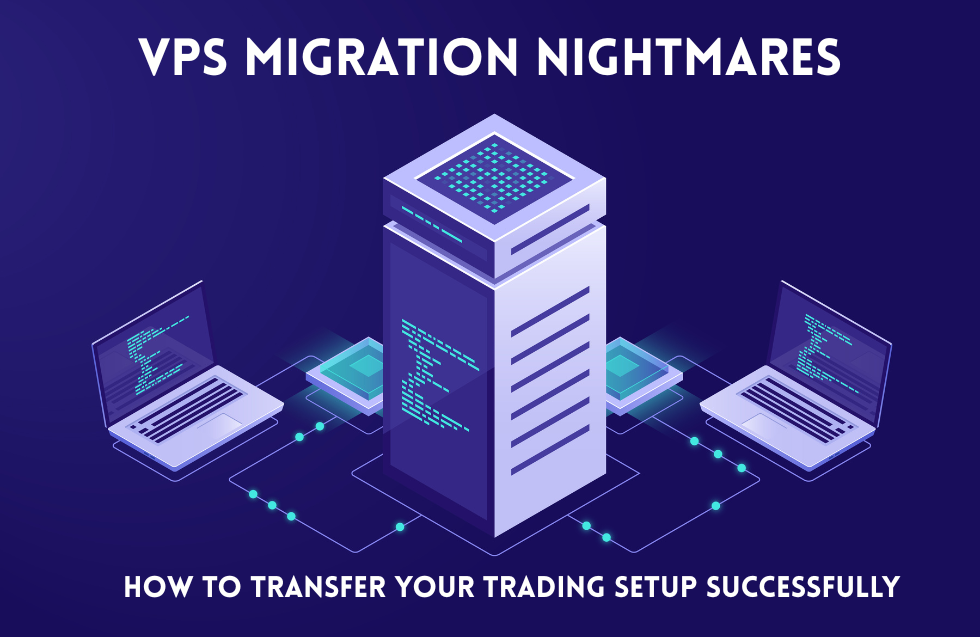In today’s fast-paced, convenience-driven world, hyperlocal delivery has emerged as a transformative force in the landscape of last-mile logistics. This business model, focused on delivering goods and services within a specific geographic area, is reshaping how consumers interact with businesses and how companies meet the growing demand for speed, efficiency, and personalization.
What is Hyperlocal Delivery?
Hyperlocal delivery refers to the process of transporting products from a seller to a customer within a small, defined area, often within the same city or neighborhood. Unlike traditional logistics, which can involve long supply chains and complex networks, hyperlocal delivery relies on proximity to ensure rapid fulfillment—sometimes within hours of placing an order.
Factors Driving the Growth of Hyperlocal Delivery
- E-commerce Boom: The explosive growth of online shopping has increased the demand for quick, reliable delivery services, especially for groceries, medicines, and food.
- Consumer Expectations: Modern consumers expect instant gratification, with same-day or even one-hour delivery options becoming the norm.
- Technological Advancements: GPS tracking, route optimization software, and mobile apps have made it easier to manage hyperlocal logistics efficiently.
- COVID-19 Pandemic: The global health crisis accelerated the adoption of hyperlocal delivery as lockdowns and safety concerns shifted consumer behavior towards contactless, local purchasing.
Key Benefits of Hyperlocal Delivery
- Speed and Efficiency: Hyperlocal delivery significantly reduces transit times, enhancing customer satisfaction.
- Cost-Effectiveness: Shorter distances lower fuel costs and reduce the need for extensive warehousing infrastructure.
- Environmental Impact: Less fuel consumption leads to a smaller carbon footprint, making it a more sustainable option.
- Personalized Service: Local businesses can offer tailored experiences, fostering stronger customer relationships.
Industries Thriving with Hyperlocal Delivery
- Food and Beverage: Restaurants and grocery stores benefit immensely from hyperlocal logistics, offering fresh products swiftly.
- Pharmaceuticals: Quick delivery of medicines can be life-saving, making this model crucial for healthcare.
- Retail: Local boutiques and shops leverage hyperlocal delivery to compete with e-commerce giants.
- Home Services: From laundry to beauty treatments, many service-oriented businesses are tapping into the hyperlocal trend.
Challenges in Hyperlocal Delivery
While hyperlocal delivery offers numerous advantages, it also presents challenges:
- Logistical Complexity: Managing high volumes of small orders efficiently can be challenging.
- Operational Costs: Although transportation costs are lower, businesses may face higher labor costs for last-mile delivery staff.
- Scalability: Expanding hyperlocal operations to new areas requires careful planning and resource allocation.
The Future of Last-Mile Logistics
The hyperlocal delivery model is poised for continued growth, driven by innovations such as drones, autonomous vehicles, and AI-powered logistics platforms. Companies are increasingly investing in micro-fulfillment centers and leveraging data analytics to optimize delivery routes and predict consumer demand.
Businesses that embrace this model can not only meet but exceed customer expectations, positioning themselves as leaders in the competitive world of last-mile logistics.
Final Thoughts
The rise of hyperlocal delivery is more than a trend; it’s a fundamental shift in how goods and services are distributed. As consumer demands evolve, businesses that adapt to this new landscape will thrive in the future of last-mile logistics. Now is the time for companies to rethink their strategies and embrace the hyperlocal revolution.












